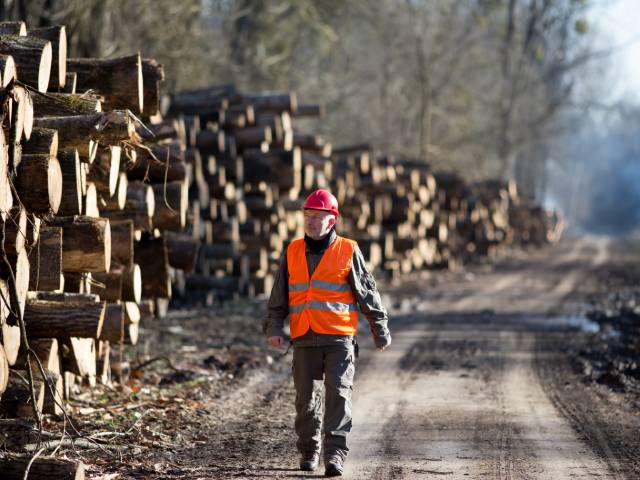
Drywall installation, a critical phase in building and renovation projects, demands precision, expertise, and attention to detail. While it may seem straightforward, the process encompasses various steps where professionals can make costly errors. These mistakes compromise the structural integrity and aesthetic quality of the walls and can lead to increased expenses and time delays in project completion.
Let’s look at drywall installation mistakes pros should avoid and how to prevent them.
One of the most common mistakes made during drywall installation is overlooking precise measurements. Failing to measure accurately can result in uneven and poorly fitted panels, leading to visible seams, cracks, and gaps that are challenging to fix later on. To avoid this mistake, professionals should always take accurate measurements with the help of a measuring tape and mark them on the panel before cutting. Additionally, they should double-check measurements and make adjustments if needed.
Improper cutting techniques can also greatly impact the quality of the drywall installation. Professionals should use a sharp utility knife or saw to cut through the panels, ensuring clean edges. Using dull tools can result in rough edges that are difficult to fit together, leading to gaps and uneven joints.
Another mistake that can compromise the quality of drywall installation is inadequate fastening. This includes not using enough screws or nails or placing them too far apart. Improperly secured drywall can cause it to sag or pull away from the wall, creating noticeable imperfections. Professionals should follow recommended fastening guidelines and use enough screws or nails to hold the panels securely in place.
The finishing of joints is a crucial step in drywall installation that requires skill and attention to detail. Failure to properly tape, mud, and sand joints can result in visible seams, bumps, and cracks that are challenging to rectify. Professionals should take their time to ensure smooth and seamless joints and use the right tools and techniques for each step.
Moisture control is a critical aspect of drywall installation that you shouldn’t overlook. If moisture seeps into the panels, it can cause them to warp, mold, or disintegrate, compromising their structural integrity. Professionals should install a moisture barrier before hanging drywall in areas prone to moisture, such as bathrooms and kitchens, and ensure proper ventilation during installation.
Last but not least, the lack of attention to detail is a mistake that can greatly impact the quality of drywall installation. Every step of the process requires precision and careful execution. Paying attention to even the smallest details can significantly affect the project’s outcome.
Drywall installation may seem simple, but it involves various critical steps where professionals can make costly mistakes. Professionals can ensure high-quality and long-lasting client results by avoiding these common errors and paying attention to detail. Practicing drywall installation safety and skill is key to successful project completion. So take the time to measure accurately, use proper cutting techniques, fasten securely, finish joints flawlessly, control moisture, and pay attention to every detail for a seamless drywall installation process.
24World Media does not take any responsibility of the information you see on this page. The content this page contains is from independent third-party content provider. If you have any concerns regarding the content, please free to write us here: contact@24worldmedia.com
Latest Posts

Why Stainless Steel Products Are Used in the Medical Field

How Industrial Facilities Can Reduce Energy Consumption

5 Mistakes That Supplement Companies Should Avoid

How To Extend the Life of Your Concrete Floors

4 Tips To Help Your Employees Be More Productive

The Threats Beehives Face When Improperly Moved

Building Up: The Daily Life of an Ironworker

Interesting Facts About Prefab Home Construction

Boat Battery Maintenance Tips and Tricks

Important Tips for Pursuing a Career in the Logging Industry

4 Mistakes To Avoid in Hazardous Materials Storage

The Benefits of Night Vision When Hunting